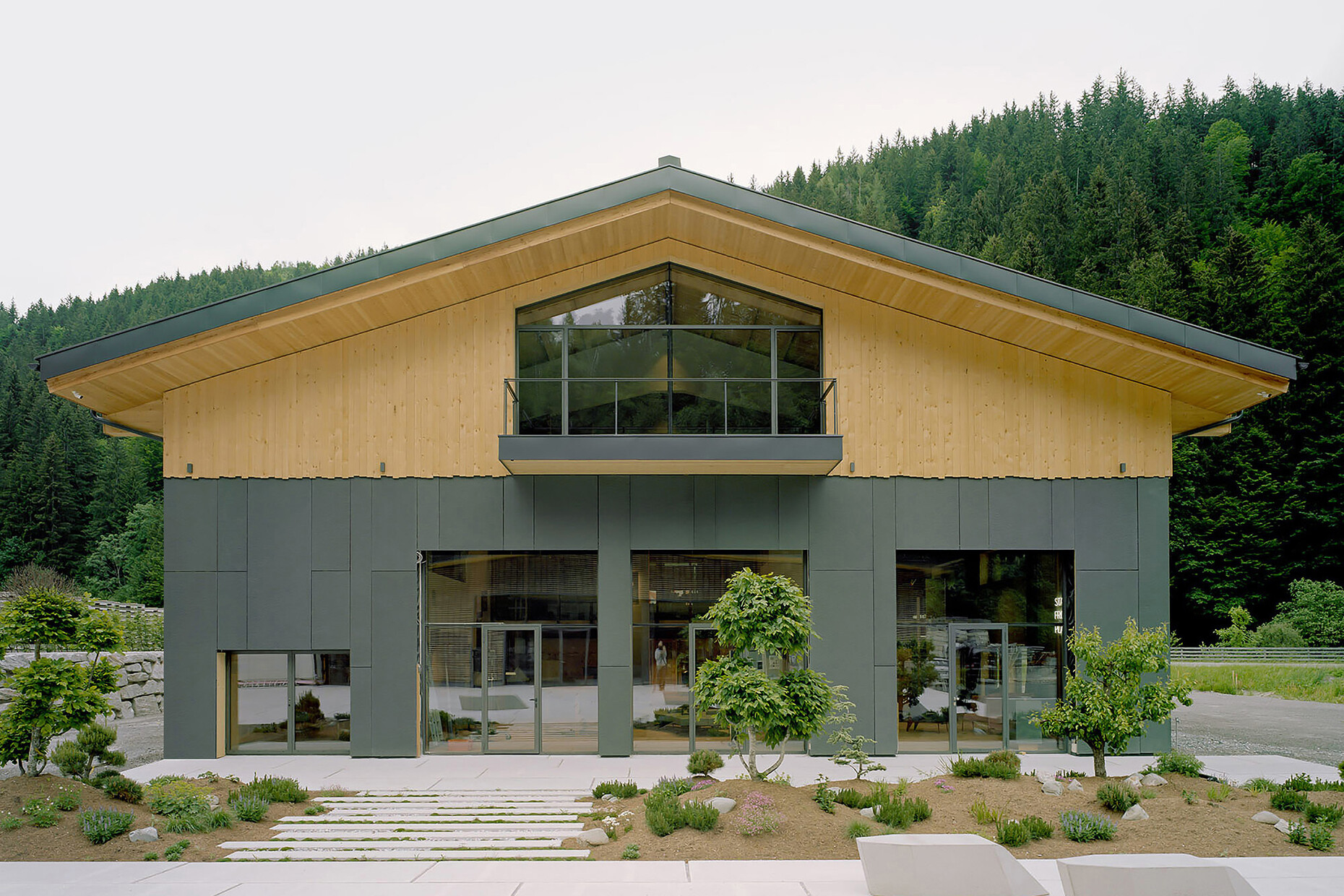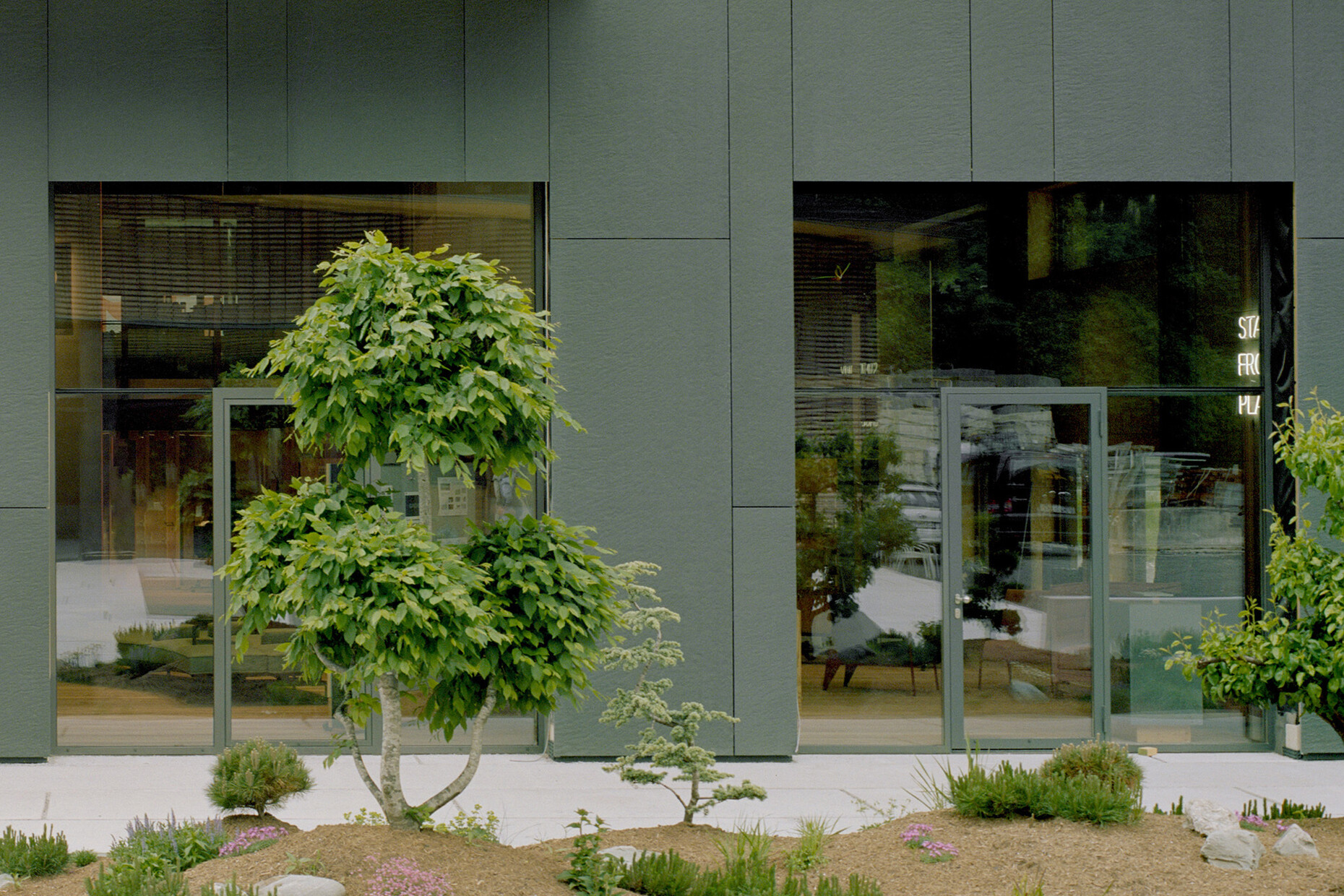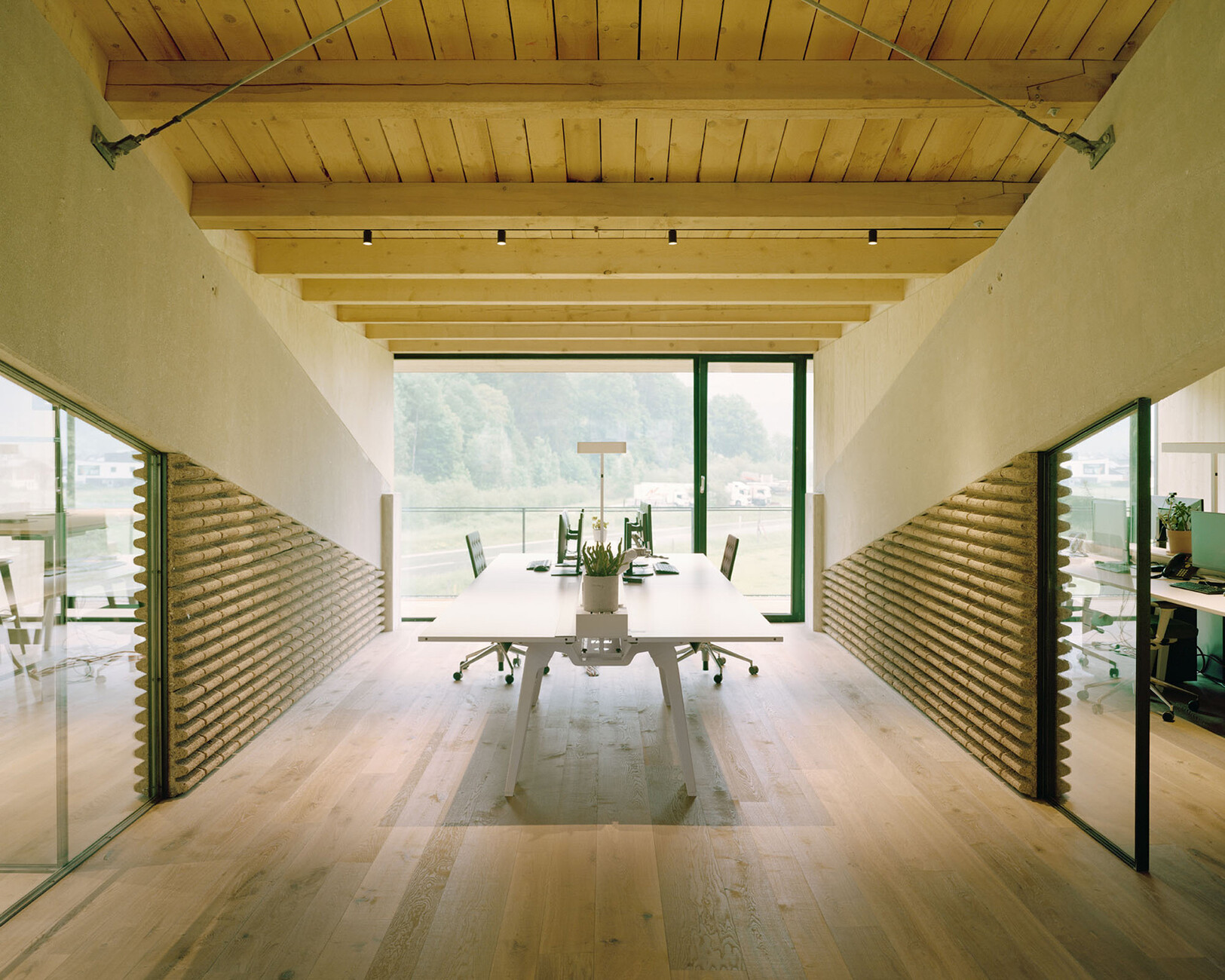Reduce, Reuse, Recycle
Concrete is the building material of the modern age: With its mixture of water, aggregates and binding cement, which can be cast into any shape and guarantees a high load-bearing capacity, it became the darling of the construction industry in the 20th century. However, concrete is considered a difficult building material in the context of sustainable construction, as the burning of the required cement lime in particular is one of the main drivers of greenhouse gas emissions in the construction industry. But how can it become more sustainable? To this end, facade manufacturer Rieder has developed a CO2-reduced fiberglass concrete, which will subsequently become cement-free in order to contribute to a climate-positive future. "We have identified the levers where we can intervene to produce and operate in a CO2-neutral way by 2025. Now we are implementing our plan, evaluating the results and developing them further," says Wolfgang Rieder, CEO of Rieder, about the family-owned company's sustainability concept.
The idea behind the new CO2-reduced fiberglass concrete is thousands of years old: the opus caementicium used in the Pantheon in Rome, a "cast masonry" to which the Roman builders added natural pozzolans – volcanic ash, trass and similar minerals. Thus, the cement of the façade panels at Rieder is also replaced by natural pozzolans, which results in lower CO2 emissions during production. To this end, 50 percent cement was initially replaced, resulting in a saving of 30 percent CO2. The products "concrete skin," "öko skin" and "formparts" are now available with the CO2-reduced matrix in selected colors. By 2027, the entire product range is scheduled to be converted to a cement-free material, making Rieder the first facade manufacturer to produce a CO2-reduced fiberglass concrete.
The new facade panels in the color "pine green" and the texture "slate" were also used at the new Rieder headquarters glemm21 in Maishofen, Austria. There, they envelop the building over an area of 400 square meters and characterize its appearance with their slate look. For this purpose, the company converted a disused bus garage, which is also in line with Rieder's sustainability philosophy: "Not building anything new, but using what is already there, is known to be the best way to save grey energy and not to seal any more areas. So we tried this out on ourselves," says Wolfgang Rieder.
Not only was the existing building repurposed, but other components within the structure were recycled and reused. One example is the concrete supports from the old factories of Wolfgang Rieder's grandfather and father, a concrete beam from old production or 150 tons of recycled steel beams. Even an old wall paneling made of Swiss stone pine, which was dismantled in another building, is now part of the interior design. The transformation process was accompanied by an engineering firm specializing in energy-efficient construction. As a result, Rieder was able to save around 1000 tons of CO2 compared to a new building and realize an office building that is a successful case study for resource-efficient circular construction. The new Rieder headquarters glemm21 is thus entirely in line with the company's philosophy, as Wolfgang Rieder affirms: "We don't just want to talk, doing is important for ecological change to succeed."














